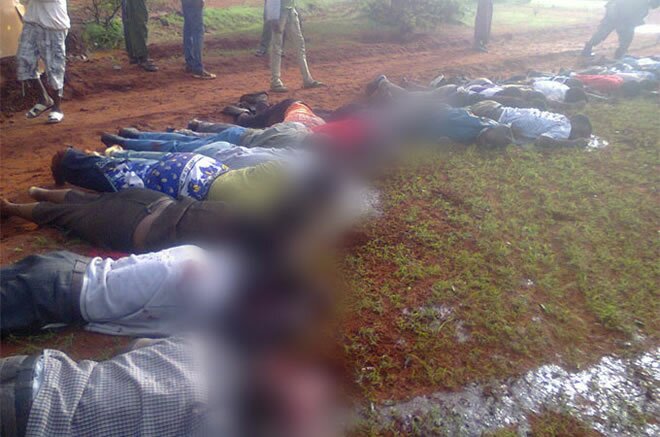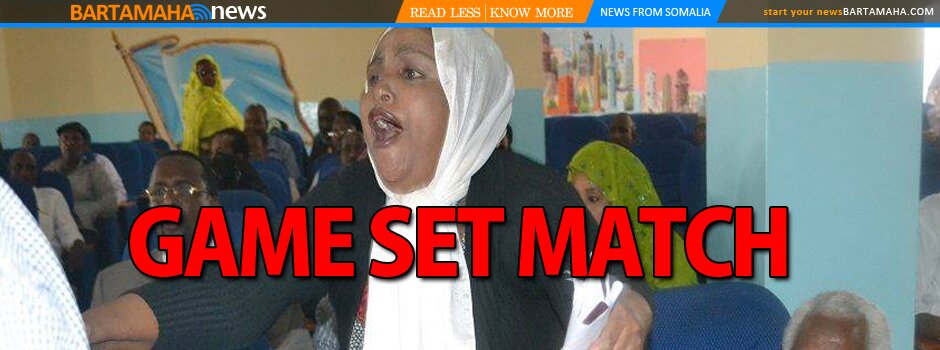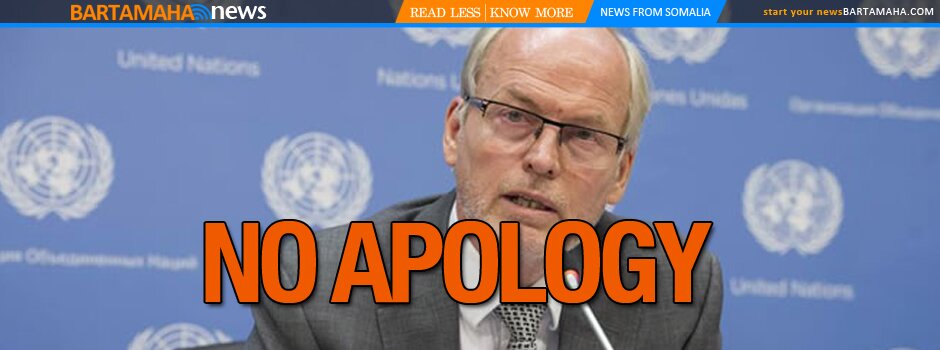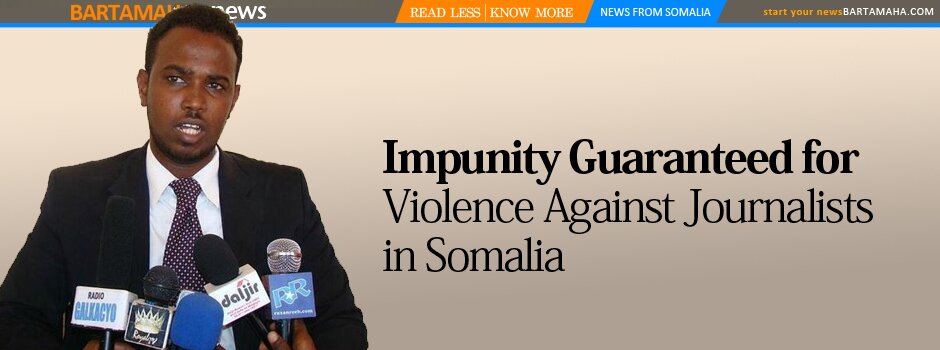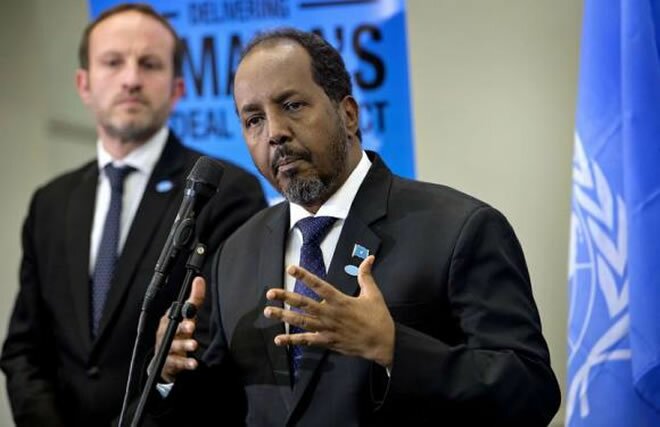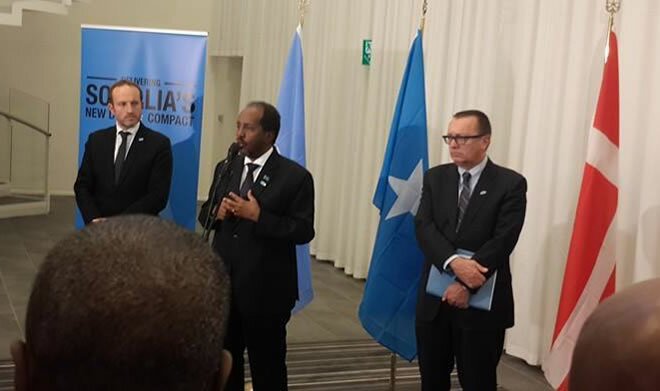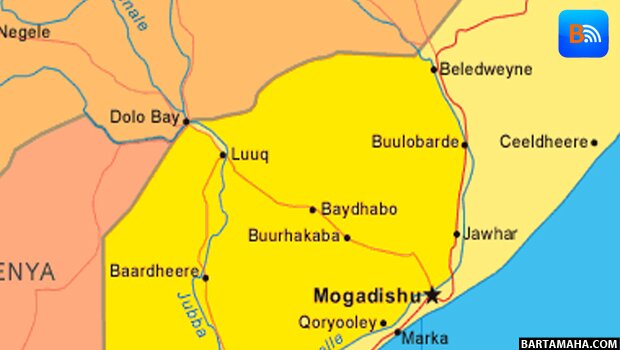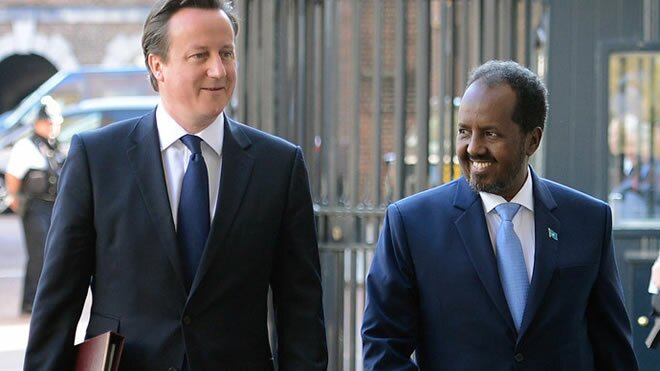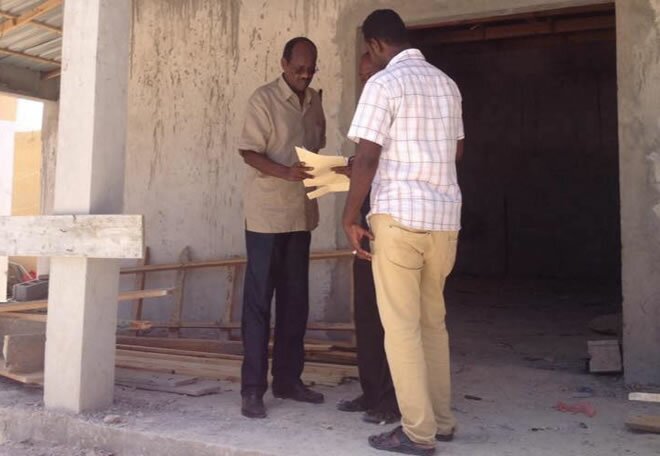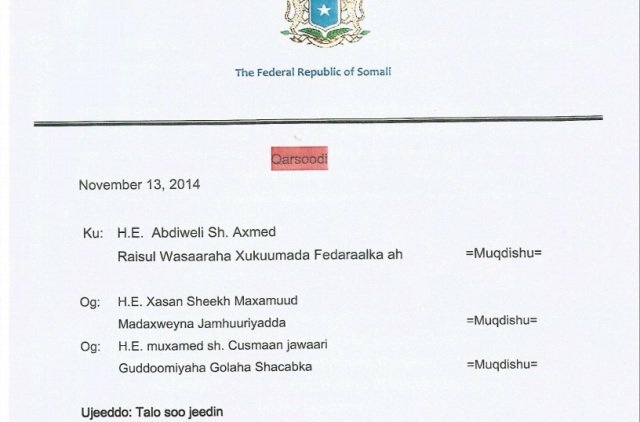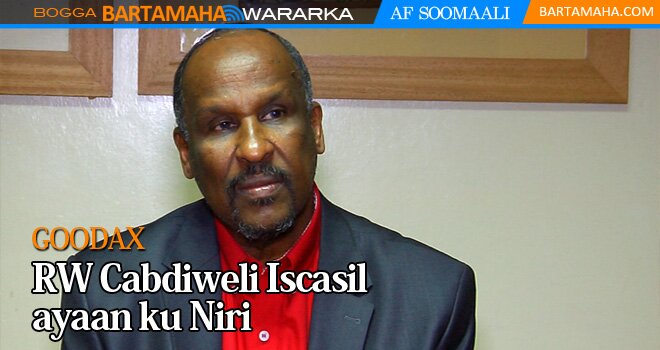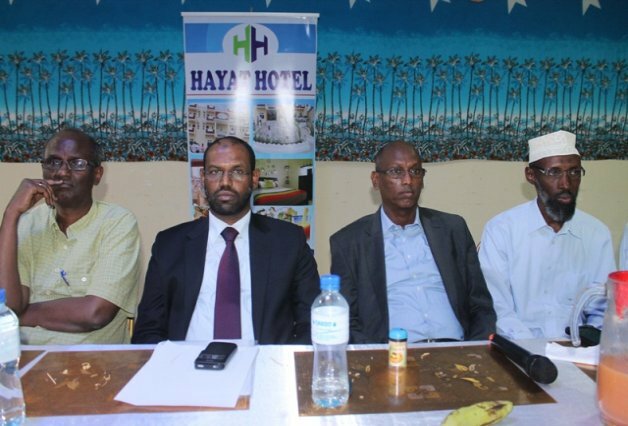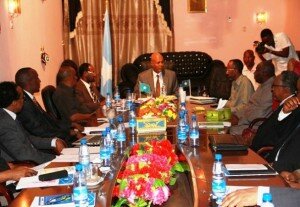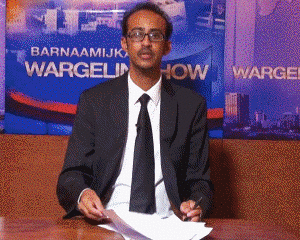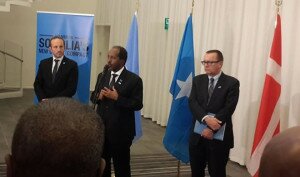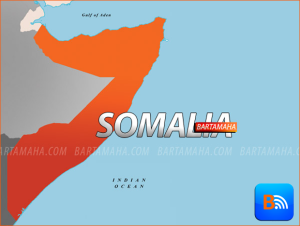Al Shabaab, AMISOM, and the United States
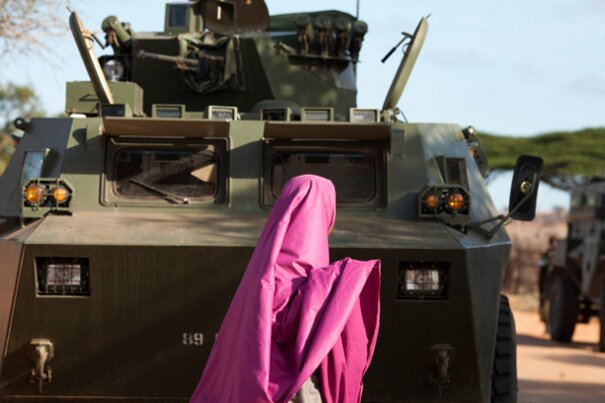
In a recent article on the Daily Maverick, Simon Allison identifies the “surprisingly perceptive” core message of al Shabaab leader Ahmed Abdi Godane’s recent propaganda audio message.
In his message, Godane urges his Somali comrades to throw out their Kenyan and Ethiopian occupiers. Allison notes that, although unsettling, Godane is, in certain respects, correct and tapping into widespread sentiments. Despite operating in Somalia under the authority of an African Union Mission in Somalia (AMISOM) to rid the country of al Shabaab, Kenyan and Ethiopian troops are, in fact, occupying Somalia. Their goals are not altruistic, and are largely informed by their own national security and political considerations. Thus, instead of celebrating the foreign troops’ efforts to stem al Shabaab, Somalis are worried about the outsized influence being wielded by foreign powers in their country. Although troubled by these developments, the United States and its partners have other goals in the region that will prevent any intrusion into Kenyan or Ethiopian plans.
Godane’s message is particularly striking when considering the formation of federal states in Somalia. In the absence of strong leadership from the Somali Federal Government (SFG), Kenya and Ethiopia have assumed leadership positions as state builders and negotiators in southern Somalia. In practice, this means that Kenya and Ethiopia have been able to influence the formation of new federal states, and create governments that will benefit their own national security concerns.
As an example of this influence, Kenya and Ethiopia had an important role in the creation of the Interim Jubba Administration (IJA), a new federal state consisting of the Somali regions (Gedo, South Juba, and Middle Juba) bordering Kenya. Effectively, the IJA acts as a buffer state between Kenya and the threat posed by al Shabaab in Somalia. Ethiopia is involved as a negotiator for the creation of the IJA because it wants to maintain involvement and influence in the region as it deals with its own ethnic Somali population. Despite disagreements regarding the proposed make-up of this federal state from other regions and conferences in southern Somalia, the SFG has endorsed the IJA because it must maintain Ethiopian and Kenyan support as it battles al Shabaab.
This competition for influence over land in Southern Somalia is not likely to lead to a sustainable governance model for Somalia moving forward, and is already causing regional strife. Somalia would be wise to ensure that whatever governance plan, or federal state organization, is put in place is durable enough to last after AMISOM forces have left, regardless of current security concerns.
Due to AMISOM’s recent successes against al Shabaab forces, proxy states and vigorous counter terrorism operations by foreign forces seems likely to continue. Unfortunately this means the pattern of Kenyan and Ethiopian meddling in Somalian political affairs is likely to continue. Godane’s message is dangerous because it taps into that fact. The U.S. is interested in long term stability of Somalia, but the immediate concerns are to stabilize the Horn of Africa and to exterminate al Shabaab. Therefore, despite feeding al Shabaab’s propaganda machine and potentially destabilizing Somalia in the future, the United States will likely turn a blind eye to Kenyan and Ethiopian influence in Somalia.
Council on Foreign Relations
Comments
comments
 Calendar
Calendar





